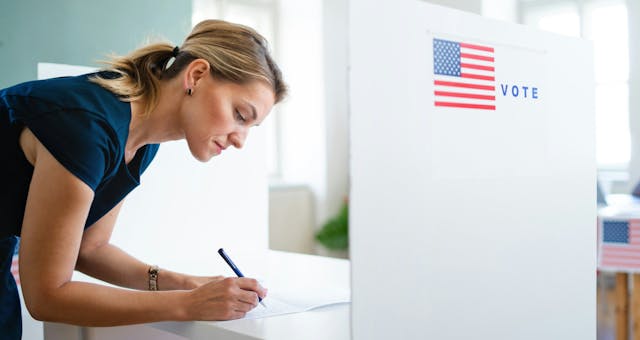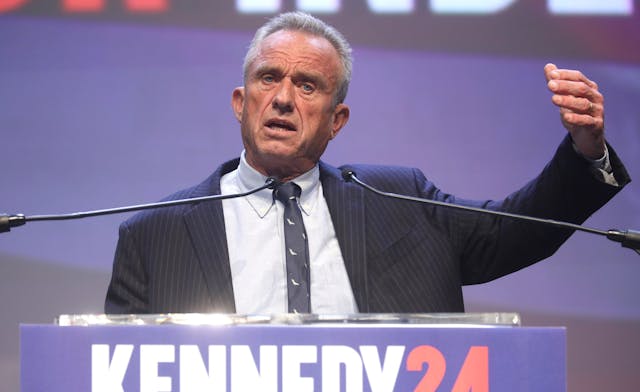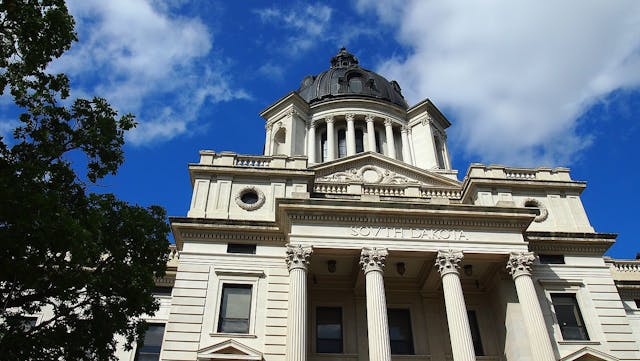Student Debt at Private Colleges Far Exceeds Public Universities

The state of student debt in California, especially at public universities, is better than the rest of the country. That doesn't mean the situation is manageable for all student borrowers.
Previously reported on Progress Report was a generally optimistic outlook for most college graduates, even during current times of economic difficulty. The article stated that, for the big picture in California, the benefits outweighed the cost of a college education through loans regardless of major.
Median income earners with a four-year degree yielded more than high school graduates, making student loan debt a worthy endeavor.
Concerns were raised about how this is not always the case. And it's true, not every student experiences a lucrative career in the post-grad life. Data was used from the Public Policy Institute of California (PPIC) to back the claims of optimism, but even its study acknowledged the dangers of student loans.
Based on data from 2009 alone, the PPIC charted the distribution of student debt. The top ten percent of student debt obligation at a California public university is about half of what students at private colleges owe. The state's highest borrowers are also in a better situation than the United States' highest borrowers from public universities.
Credit: Public Policy Institute of CaliforniaThis isn't to say that paying for an education at a California public university is affordable for everyone and their families. A PPIC survey shows that 75 percent of Californians have to borrow too much to pay for a college education. Data for state public universities may also change as more recent numbers come in. Tuition rates at both the UC and CSU campuses have spike since 2009.
The percentage of students who default on their loan payments is also lower for the state's public college graduates, but the number is rising. Default rates have risen from 4.5 percent in 2005 to 7.4 percent in 2010 for Californian students.
However, UC and CSU default rates are at 2.3 and 5 percent, respectively. Private for-profit schools have a 9.5 percent default rate, and have more students in repayment as the UC and CSU system combined.
The relatively low public student debt obligation may also be attributed to the wealth of financial aid programs offered. CalGrants are available and the University of California system has its Blue and Gold Opportunity grant for lower income students. Four out of ten UC students also qualify for the federal Pell Grant.
David Alcocer, director of financial support for the UC system, stated at the June 4th PPIC panel discussion:
"There are clearly more and more students who are graduating with higher levels of debt and do not have the kinds of earnings potential because they did not actually get what they thought they were paying for."
Alcocer's statement in conjunction with the ever increasing tuitions rates makes it tough for some to see even the more affordable colleges as a no-brainer to attend. He suggests better knowledge of college costs throughout middle and high school. This can impact the decision making process for potential students, but keeping costs low is another challenge.
Watch PPIC's discussion event Is College Worth It here:
http://www.youtube.com/watch?v=DwcEIe1xnA8




